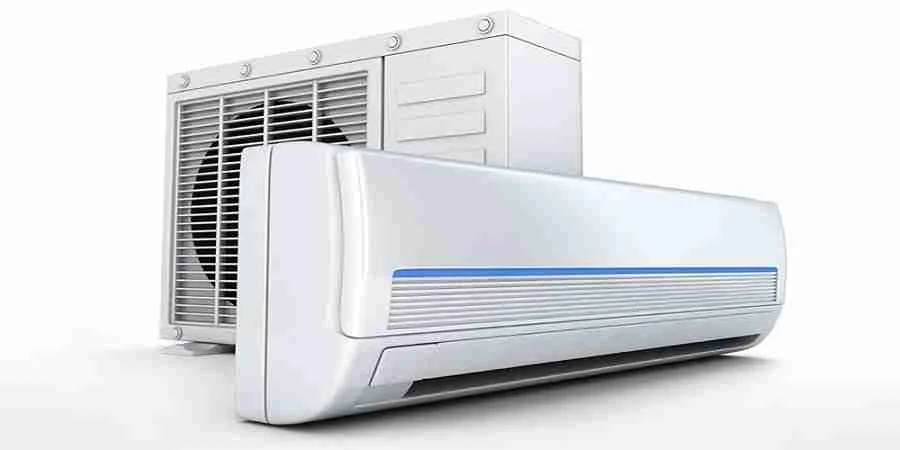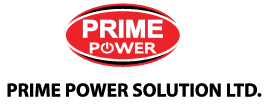Air Condition
Air conditioners come in different types, each tailored for specific spaces, budgets, and cooling needs. Here are the main types of air conditioning systems:
1. Central Air Conditioning (Central AC)
- Description: Uses ductwork to cool an entire building or home by distributing cool air from a central unit.
- Best For: Homes, offices, and large spaces with ductwork.
- Advantages: Cools the whole building evenly; typically quiet; can include air filtration and humidity control.
- Disadvantages: High installation cost; requires ductwork.
2. Ductless Mini-Split System
- Description: Comprises an outdoor compressor and one or more indoor units, which are mounted on walls to cool specific rooms without ducts.
- Best For: Homes without ductwork, smaller apartments, and single rooms.
- Advantages: Easy to install; energy efficient; each unit has individual temperature control.
- Disadvantages: Expensive upfront costs; each unit cools a specific room only.
3. Window Air Conditioners
- Description: Compact units designed to fit into a window; combines the evaporator and condenser in one box.
- Best For: Small rooms and apartments.
- Advantages: Affordable; easy to install; great for individual rooms.
- Disadvantages: Limited to cooling a single room; blocks the window; can be noisy.
4. Portable Air Conditioners
- Description: Freestanding units that can be moved from room to room, with a hose that needs to be vented out of a window.
- Best For: Small spaces, temporary cooling, and areas where window units aren’t allowed.
- Advantages: Portable; doesn’t require permanent installation.
- Disadvantages: Less energy efficient; can be noisy; requires window venting.
5. Hybrid Air Conditioners
- Description: Combines an electric air conditioner with a gas-powered heating system; it can alternate between the two modes to save energy.
- Best For: Areas with distinct seasonal temperature differences.
- Advantages: Energy-efficient; reduces electricity costs by using gas heating in colder months.
- Disadvantages: Higher upfront cost; limited availability.
6. Geothermal Air Conditioning
- Description: Uses the earth’s natural temperature to heat and cool a building by transferring heat to or from the ground.
- Best For: Eco-conscious homeowners and those in areas with extreme climates.
- Advantages: Very energy efficient; low operating costs; environmentally friendly.
- Disadvantages: Very high installation cost; requires land for underground pipes.
7. Packaged Air Conditioners
- Description: All-in-one systems that contain the compressor, condenser, and evaporator in a single unit, typically placed outdoors on the roof or on a concrete slab.
- Best For: Small commercial buildings or homes without space for separate indoor units.
- Advantages: Saves indoor space; easy maintenance.
- Disadvantages: Limited to small- to medium-sized spaces; outdoor exposure may reduce longevity.
8. Evaporative (Swamp) Coolers
- Description: Uses the natural process of evaporation to cool air by passing it over water-saturated pads.
- Best For: Dry climates with low humidity.
- Advantages: Energy efficient; environmentally friendly; adds humidity to dry air.
- Disadvantages: Ineffective in humid climates; requires regular maintenance.
9. Smart Air Conditioners
- Description: Wi-Fi-enabled units that can be controlled remotely via smartphone apps or smart home systems.
- Best For: Homeowners who want convenience and energy control.
- Advantages: Convenient scheduling and control; can reduce energy usage; compatible with smart home systems.
- Disadvantages: Higher initial cost; depends on reliable Wi-Fi.
10. Dual-Fuel Air Conditioners
- Description: These units have both heat pump and furnace capabilities, allowing them to cool in summer and heat more efficiently in winter by switching between electricity and gas.
- Best For: Areas with varying seasonal temperatures.
- Advantages: Energy-efficient heating and cooling; cost-effective for year-round use.
- Disadvantages: Higher initial cost; requires gas supply for heating.
Each air conditioning type caters to specific needs based on room size, climate, energy efficiency, and budget. Choosing the right type depends on the specific cooling needs of the space and the desired features.

